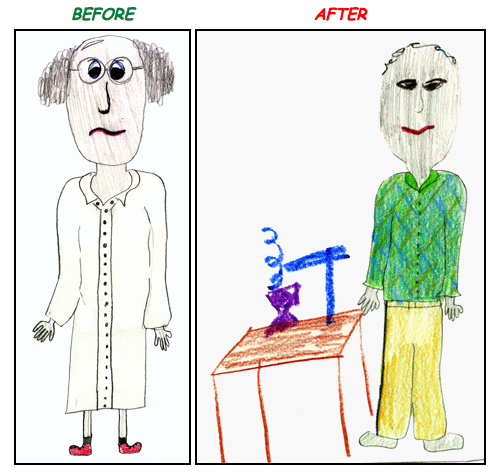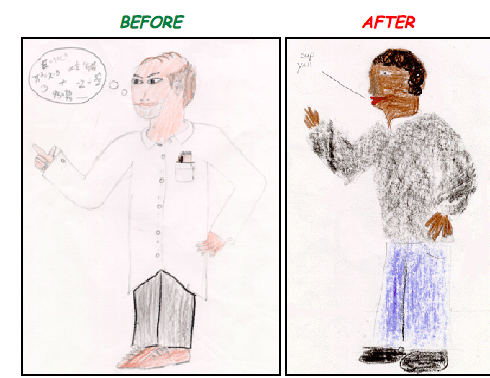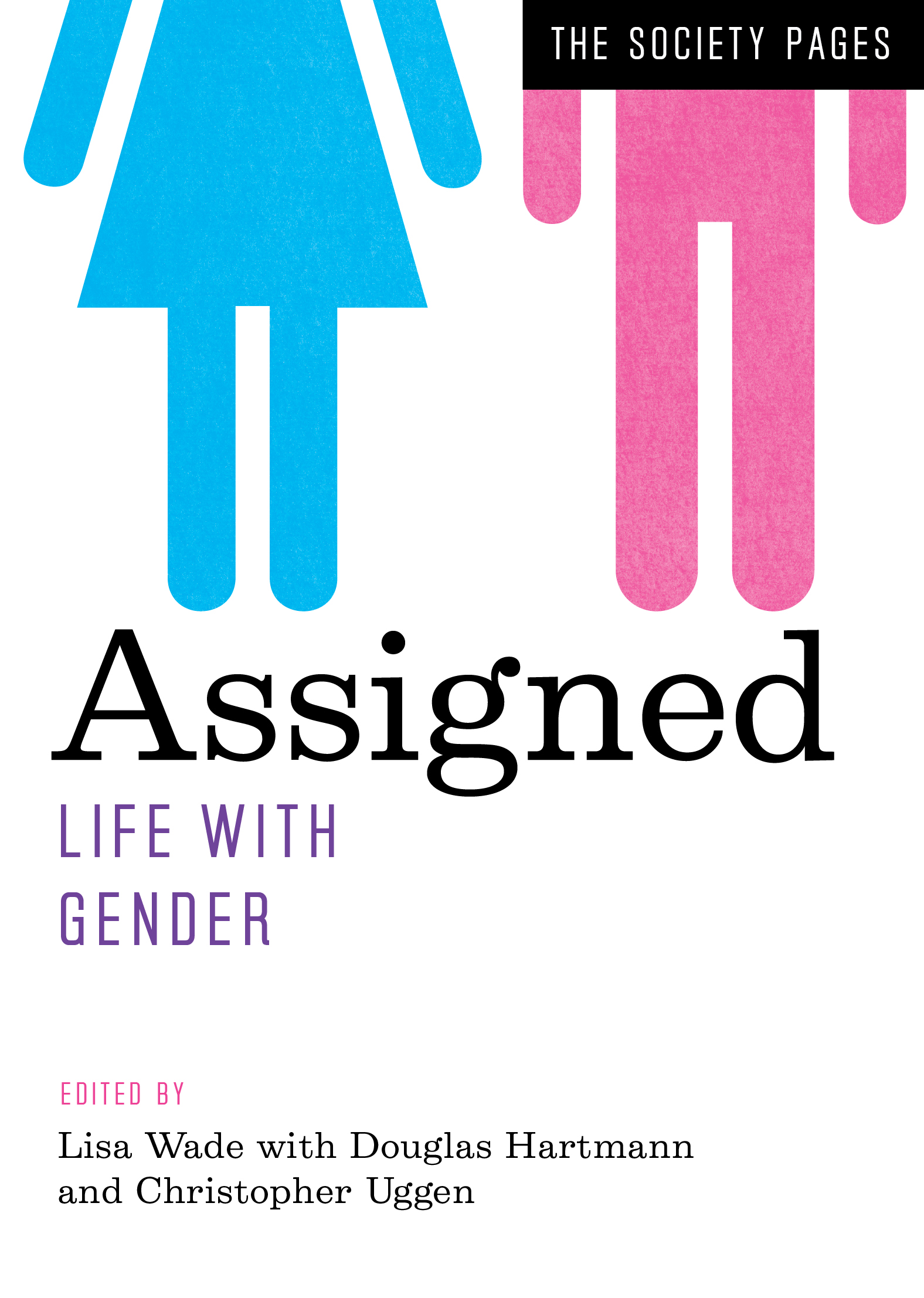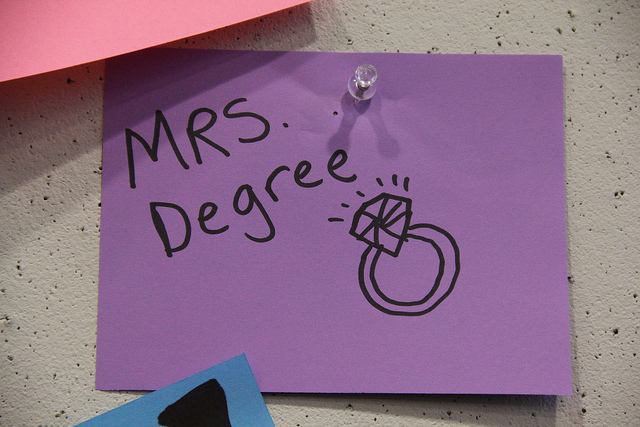 Just after the United Kingdom voted to leave the European Union, a commentator at the lauded US News and World Report claimed that the “general consensus” was that the vote was a “veritable dumpster fire.” Since then, most citizens of the EU, many Americans, and lots of UK citizens, including many who voted to leave, seem to think that this was a terrible decision, sending the UK into treacherous political and economic territory.
Just after the United Kingdom voted to leave the European Union, a commentator at the lauded US News and World Report claimed that the “general consensus” was that the vote was a “veritable dumpster fire.” Since then, most citizens of the EU, many Americans, and lots of UK citizens, including many who voted to leave, seem to think that this was a terrible decision, sending the UK into treacherous political and economic territory.
The Prime Minister agreed to step down and, rather quickly, two women rose to the top of the replacement pool. Yesterday Theresa May was the lone contender left standing and today she was sworn in.
.
Is it a coincidence that a woman is about to step into the top leadership position after the Brexit?
Research suggests that it’s not. In contexts as wide-ranging as the funeral business, music festivals, political elections, the military, and law firms, studies have found a tendency for women to be promoted in times of crisis. As a result, women are given jobs that have a higher risk of failure — like, for example, cleaning up a dumpster fire. It’s called the “glass cliff,” an invisible hazard that harms women’s likelihood of success. One study found that, because of this phenomenon, the average tenure of a female CEO is only about 60% as long as that of the average male CEO.
As one Democratic National Committee chair once said: “The only time to run a woman is when things look so bad that your only chance is to do something dramatic.” Maybe doing “something dramatic” is why so many women are promoted during times of crisis, but the evidence suggests that another reason is because men protect other men from having to take precarious positions. This was the experience of one female Marine Corps officer:
It’s the good old boys network. The guys helping each other out and we don’t have the women helping each other out because there are not enough of us around. The good old boys network put the guys they want to get promoted in certain jobs to make them stand out, look good.
If women are disproportionately promoted during times of crisis, then they will fail more often than their male counterparts. And they do. It will be interesting to watch whether May can clean up this dumpster fire and, if she can’t, what her legacy will be.
Lisa Wade, PhD is an Associate Professor at Tulane University. She is the author of American Hookup, a book about college sexual culture; a textbook about gender; and a forthcoming introductory text: Terrible Magnificent Sociology. You can follow her on Twitter and Instagram.





 On Tuesday the first female presidential candidate was officially nominated by a major party. Newspaper headlines across the country referenced the historic event with headlines like “Historic First!” and “Clinton Makes History!” but a surprising number featured photographs of Bill instead of Hillary Clinton. I coded the pictures of each of the 266 newspapers that ran the story on the front page on July 27th (cataloged at
On Tuesday the first female presidential candidate was officially nominated by a major party. Newspaper headlines across the country referenced the historic event with headlines like “Historic First!” and “Clinton Makes History!” but a surprising number featured photographs of Bill instead of Hillary Clinton. I coded the pictures of each of the 266 newspapers that ran the story on the front page on July 27th (cataloged at 




